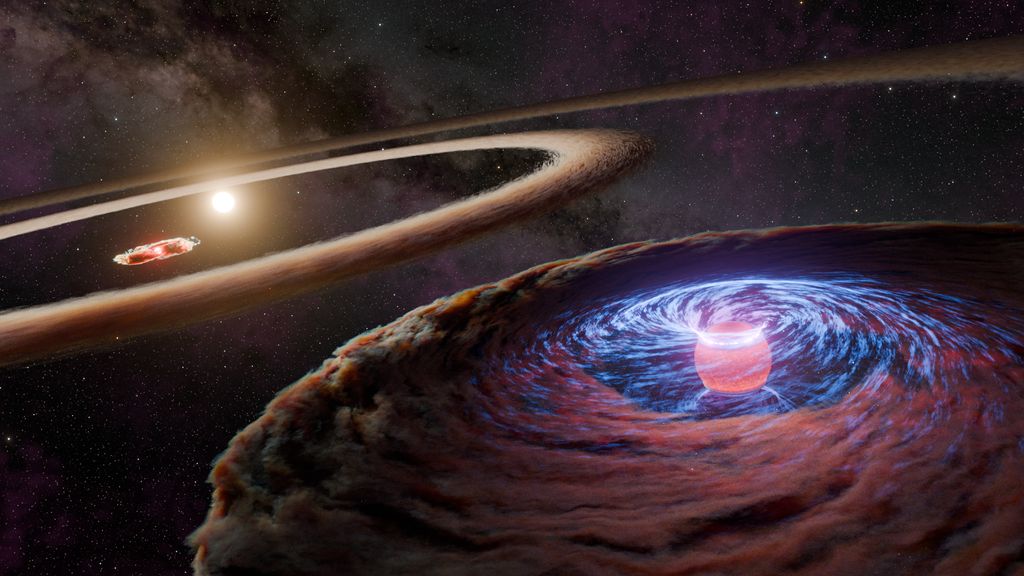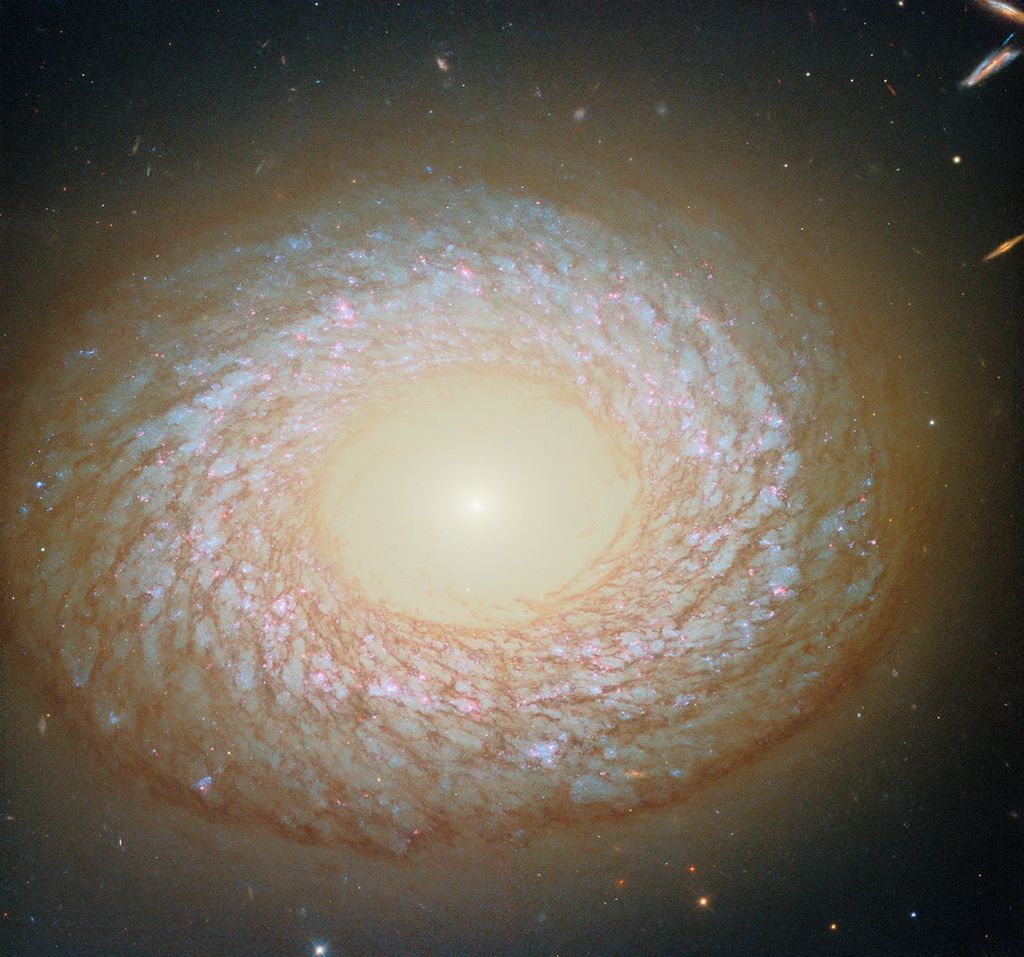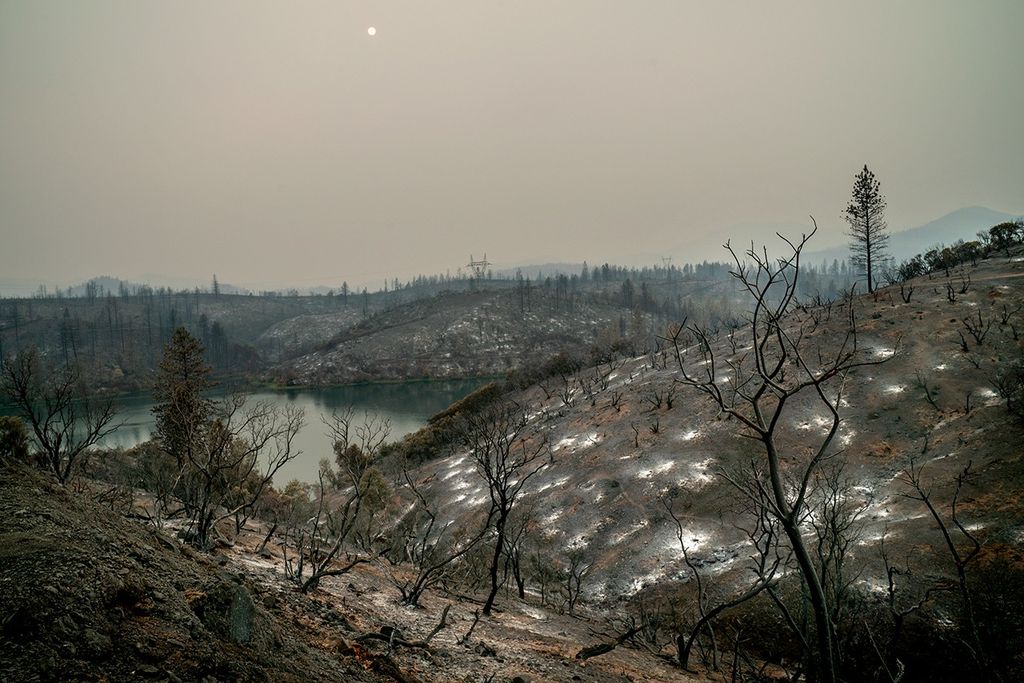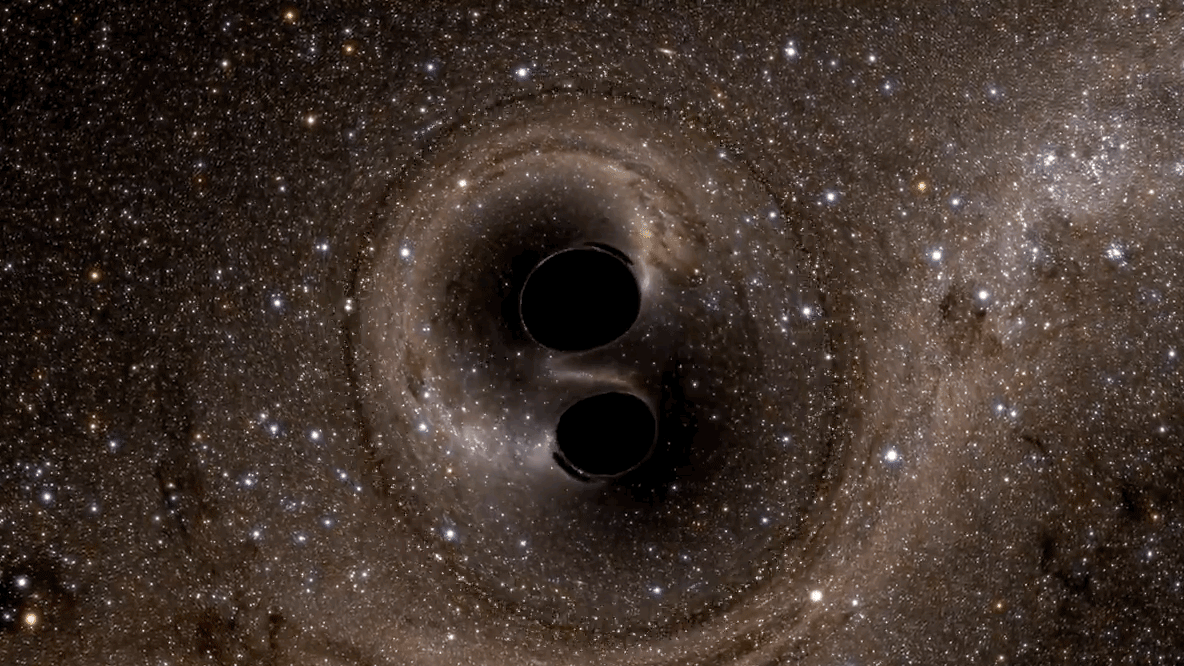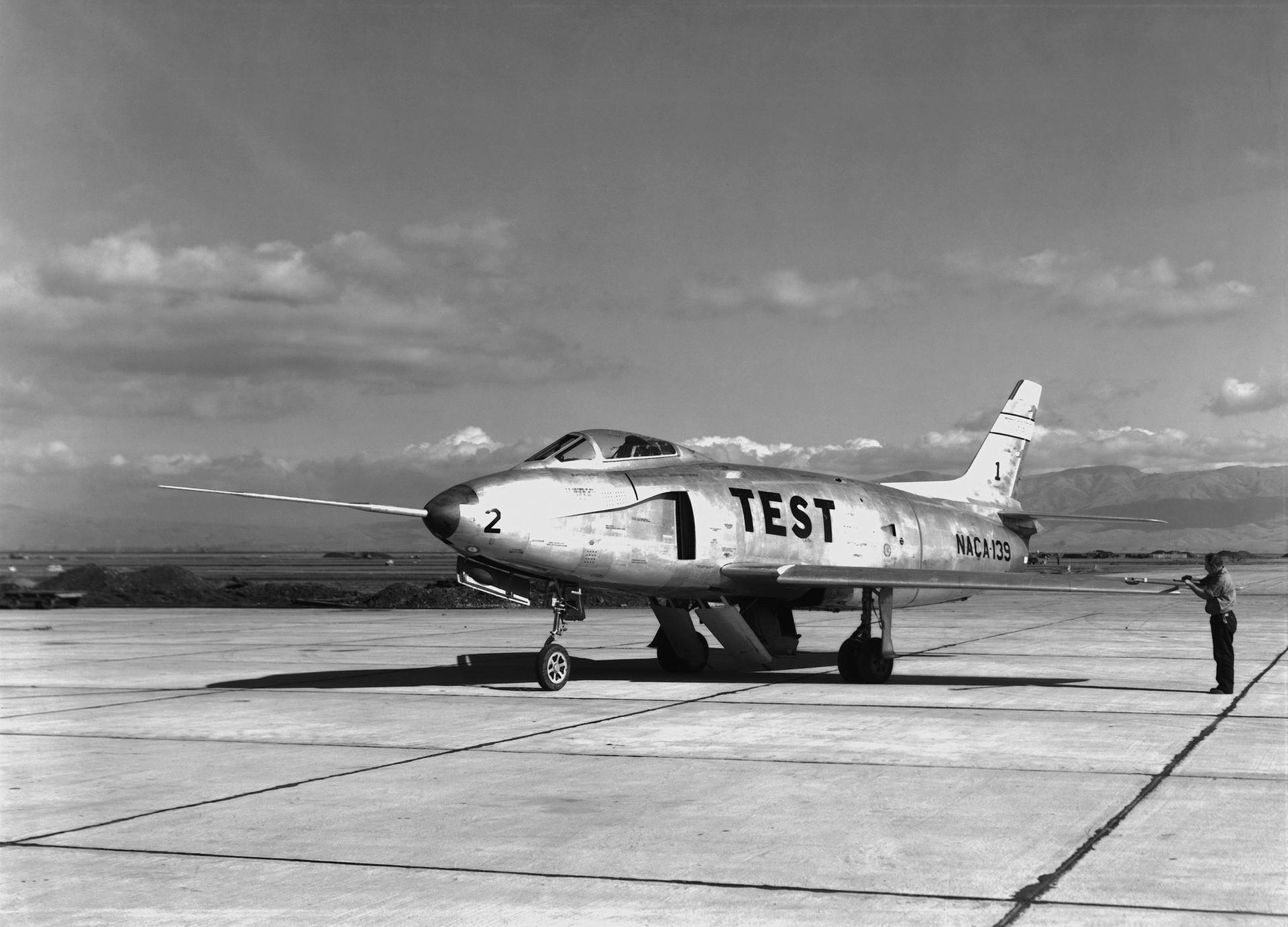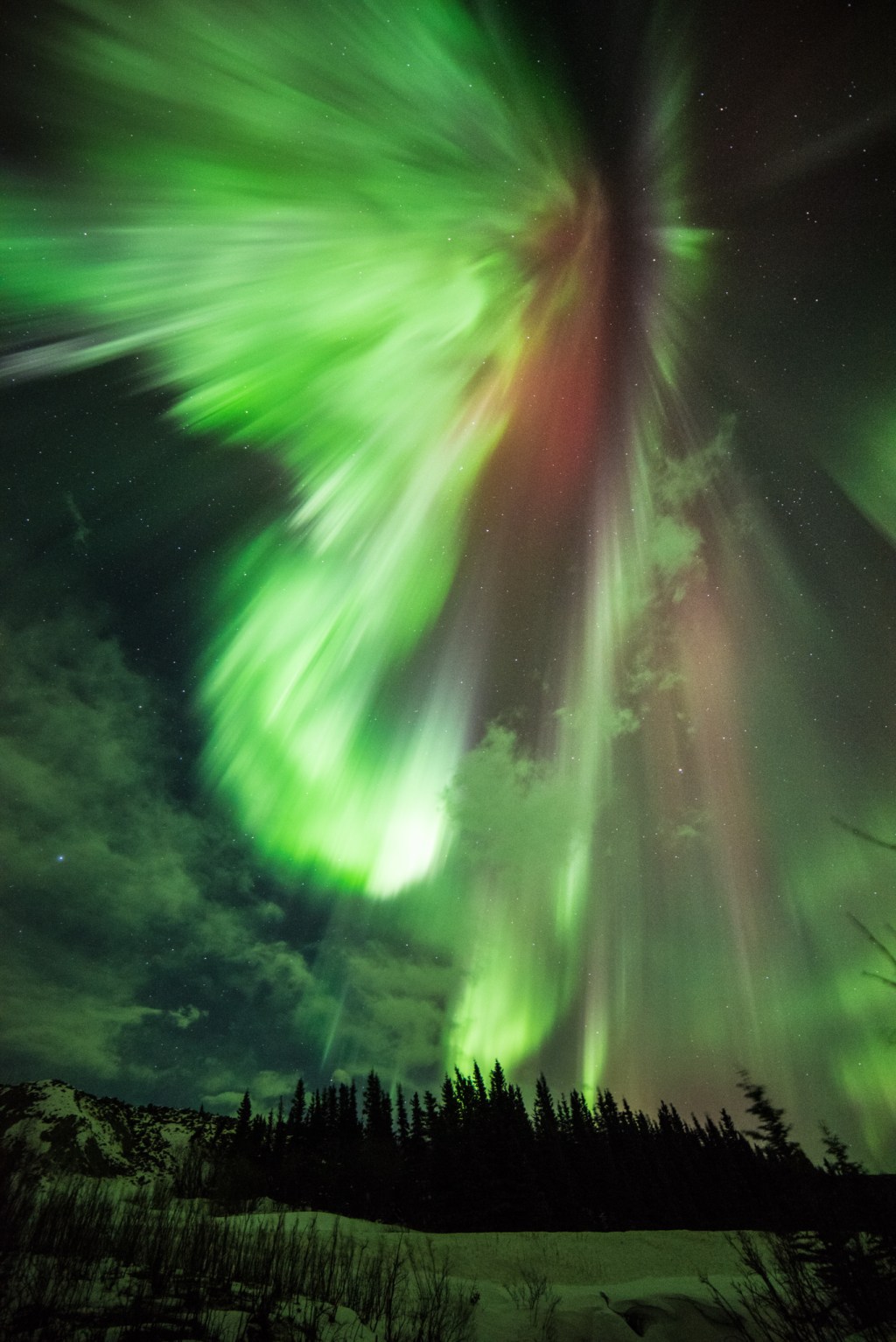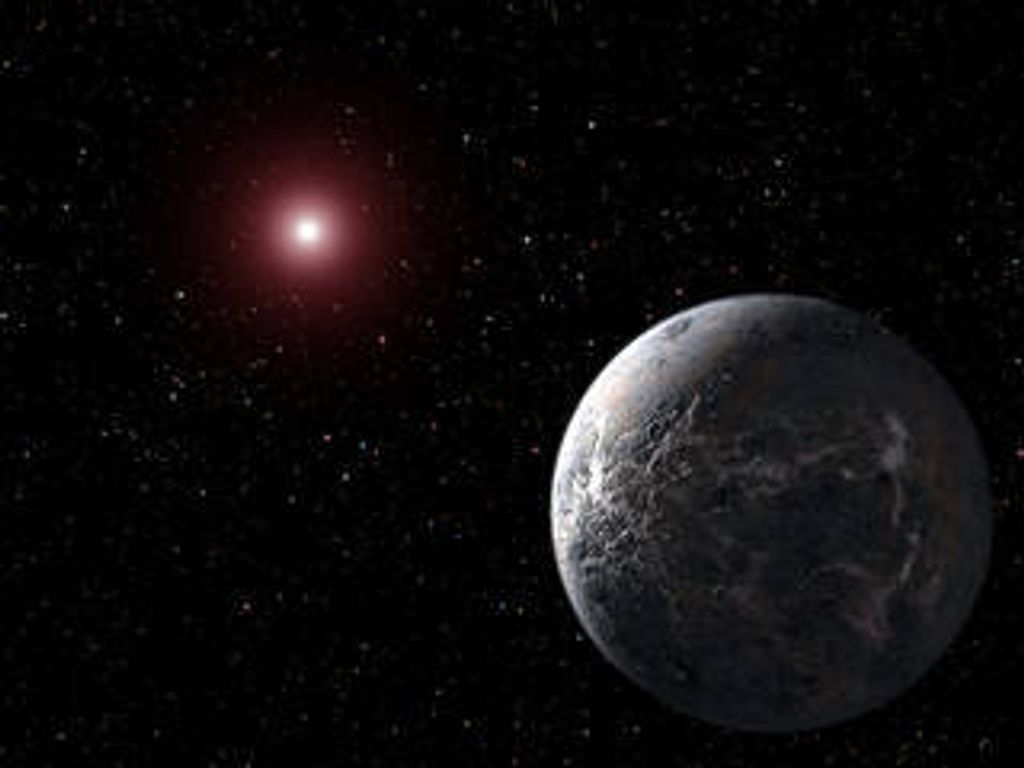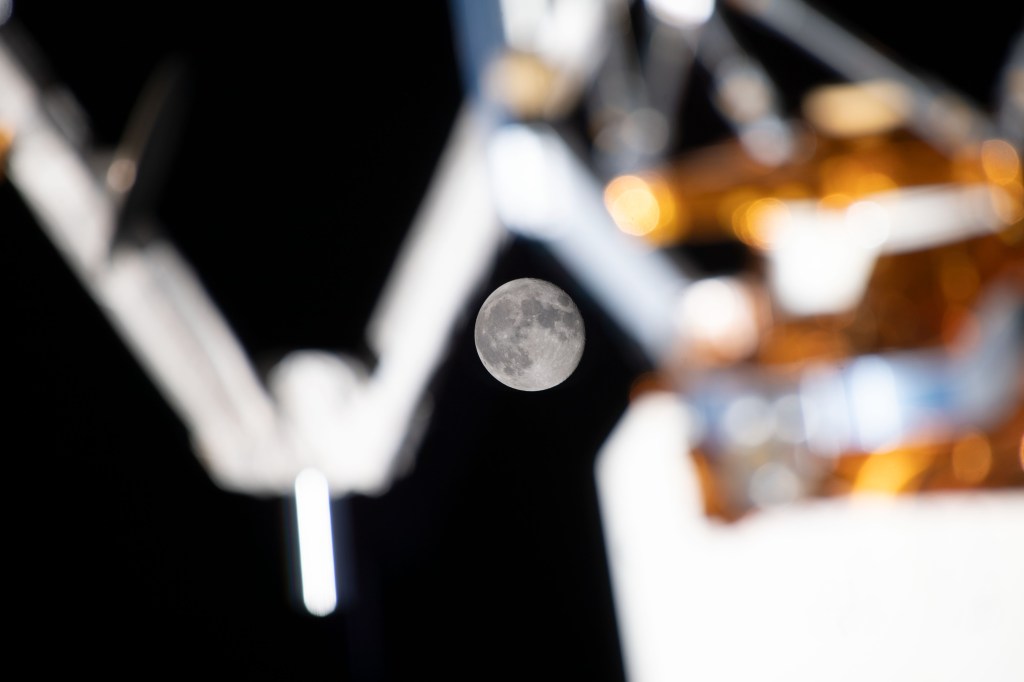1 min read
Stellar Metamorphosis: Butterfly-Shaped Nebulae Emerge from Stellar Cocoons

[TOP LEFT AND RIGHT]
The Hubble Space Telescope's Wide Field and Planetary Camera 2 has captured images of the birth of two planetary nebulae as they emerge from wrappings of gas and dust, like butterflies breaking out of their cocoons.
These images highlight a fleeting phase in the stellar burnout process, occurring just before dying stars are transformed into planetary nebulae. The left-hand image is the Cotton Candy nebula, IRAS 17150-3224; the right-hand image, the Silkworm nebula, IRAS 17441-2411. Called proto-planetary nebulae, these dying stars have been caught in a transition phase between a red giant and a planetary nebula. This phase is only about 1,000 years long, very short in comparison to the 1 billion-year lifetime of a star. These images provide the earliest snapshots of the transition process.
Studying images of proto-planetary nebulae is important to understanding the process of star death. A star begins to die when it has exhausted its thermonuclear fuel - hydrogen and helium. The star then becomes bright and cool (red giant phase) and swells to several tens of times its normal size. It begins puffing thin shells of gas off into space. These shells become the star's cocoon. In the Hubble images, the shells are the concentric rings seen around each nebula.
But the images also reveal the nebulae breaking out from those shells. The butterfly-like wings of gas and dust are a common shape of planetary nebulae. Such butterfly shapes are created by the "interacting winds" process, in which a more recent "fast wind" - material propelled by radiation from the hot central star - punches a hole in the cocoon, allowing the nebula to emerge. (This "interacting wind" theory was first proposed by Dr. Sun Kwok to explain the origin of planetary nebulae, and has been subsequently proven successful in explaining their shapes.)
The nebulae are being illuminated by light from the invisible central star, which is then reflected toward us. We are viewing the nebulae edge-on, where the direct starlight is blocked by the dusty cocoon. Otherwise, the starlight would overwhelm the nebular light, making it very difficult to see the butterfly-shaped nebula. In a few hundred years, intense ultraviolet radiation from the central star will energize the surrounding gas, causing it to glow brightly, and a planetary nebula is born.
These observations were made with the Wide Field and Planetary Camera 2 using three filters: yellow-green, blue, and near-infrared. The images were taken in 1997 by Sun Kwok and in 1996 by Matt Bobrowsky.
[BOTTOM LEFT AND RIGHT]
This Wide Field and Planetary Camera 2 image of NGC 6818 shows two distinct layers of gas (with dust): a spherical outer region and a brighter, vase-shaped interior "bubble." Astronomers believe that a fast wind - material propelled by radiation from the hot central star - is creating the inner elongated shape. The central star of the planetary nebula appears as a tiny blue dot. The material in the wind is traveling so fast that it smashes through older, slower-moving stellar debris, causing a "blowout" at both ends of the bubble (lower right and upper left).
This nebula looks like a twin of NGC 3918, another planetary nebula that has been observed by the Hubble telescope. The structure of NGC 3918 is remarkably similar to that of NGC 6818. It has an outer spherical envelope and an inner, brighter, elongated bubble. A fast-moving wind also appears to have created an orifice at one end (bottom right-hand corner) of the inner bubble. There are even faint wisps of material that were probably blown out of this hole. In the opposite direction (top left-hand corner), there is a protrusion that seems on the verge of breaking through to form a hole.
By finding and studying such similar objects, astronomers hope to learn crucial details about the evolutionary history of planetary nebulae.
The Hubble telescope observation was taken March 10, 1997. This picture is a composite of images taken with three filters that are representative of the true colors of the object. Two of these are, respectively, in the light of a red and a blue spectral line of hydrogen - the major constituent of the nebula. The third image is in the light of a luminous green line due to doubly ionized oxygen.
NGC 6818 is about 6,000 light-years away in the constellation Sagittarius. The nebula has a diameter of about 0.5 light-years.
- Object NameObject NameA name or catalog number that astronomers use to identify an astronomical object.Cotton Candy Nebula, IRAS17150-3224, Silkworm Nebula, IRAS 17441-2411, NGC 6818, NGC 3918
- Release DateMarch 19, 1998
- Science ReleaseHubble Captures the Shrouds of Dying Stars
- Credit
Related Images & Videos

Planetary Nebula NGC 7027: A Sun-Like Star Burning Out
The Hubble Space Telescope's Near Infrared Camera and Multi-Object Spectrometer (NICMOS) has captured a glimpse of a brief stage in the burnout of NGC 7027, a medium-mass star like our sun. The infrared image (on the left) shows a young planetary nebula in a state of rapid...

Planetary Nebula NGC 6818
NGC 6818 is in the constellation Sagittarius at a distance of about 6000 light-years. It has a diameter of about 0.5 light-year. The Hubble telescope observation was taken March 10, 1997 by the Wide Field and Planetary Camera 2. This is a composite of images taken in 3 filters:...
Share
Details
Claire Andreoli
NASA’s Goddard Space Flight Center
Greenbelt, Maryland
claire.andreoli@nasa.gov

